Once upon a time we left class...
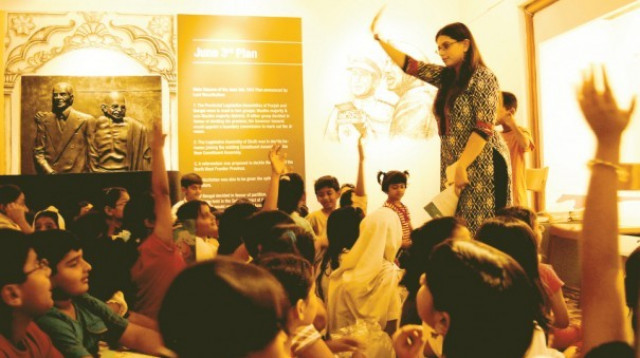
On Saturday, much to their delight, 150 children between the ages of seven and 12 years escaped the classroom to arrive at the fairy-like Mohatta Palace museum for a story-telling session the likes of which few had encountered.
‘Kahani Corner’ is part of the ongoing “Birth of Pakistan” exhibition organised by the Citizens Archive of Pakistan (CAP) in collaboration with the Kifayat Academy.
It helps children explore the history, culture and identity of Pakistan through stories, poetry and quizzes in a setting that includes a model train compartment, refugee camp and passport office.
As the children made their way through the 1940’s Lahore Resolution in a “train journey” from India to Pakistan, complete with makeshift government offices and refugee tents, one could see them imagine scenes of the struggling times.
They were allowed to explore the contents of a trunk that accompanied a migrant from India to Pakistan, making the struggle real, and the lesson valuable to learn. “It is a fresh approach towards teaching children about our history,” said one parent who had accompanied their child to the reading.
“In our childhood, our grandparents used to read us stories which were not only a good way to pass time, but were also a means of moral training. Unfortunately, our children are just not growing up with that kind of moral teaching any more.” Through photographs and movie clippings of the earlier events of Pakistan’s history, the campaign attracted a number of schools to bring their students to the exhibition, which started on March 23, and will go on till June 23.
“We have already taken about 2,100 children on interactive tours and our target is 3,100. But we are expecting more children as more schools register,” said CAP Old History Project coordinator Kiran Junejo, adding that the exhibition had also managed to fill the gap for some parents who had nowhere to take their children over the weekends.
Young Pariwash Mujahid, a student at Mama Parsi Girls School, found the session to interesting. “I got to learn a lot,” she said. Similarly, Mubasher of Jaffer Public School said that he had loved the session and that he had never been to such an activity before in his life.
Children visiting the exhibition also received their copy of the first passport of Pakistan and were shown glimpses of M.A. Jinnah’s personality through the recollections of his admirers and supporters. The stories read to the children at the exhibition were written by Amra Alam, the chief editor of the Urdu publication “Santara Magazine”.
“We need people to come down to the children’s level and tell them things in a light and humorous manner,” said Alam, who was of the belief that the country desperately needs writers for children’s books in both Urdu and English. “This is important because they need to know the language first and then they can learn the more difficult things later.”
Alam, who has written over 70 books for children, felt that the revival of Urdu is important to keep the country’s culture intact. “Children usually get bored with the singlecolour text format so we made it a four-colour story magazine and it has been such a success that we now have it as one of the prescribed texts at major schools across the city,” said Rizwan Saeed, the publisher.
The exhibition goes on till June 23 and is free for students.

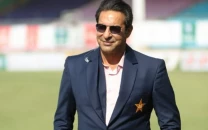
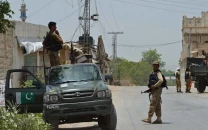


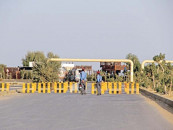
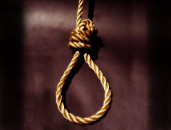












COMMENTS
Comments are moderated and generally will be posted if they are on-topic and not abusive.
For more information, please see our Comments FAQ